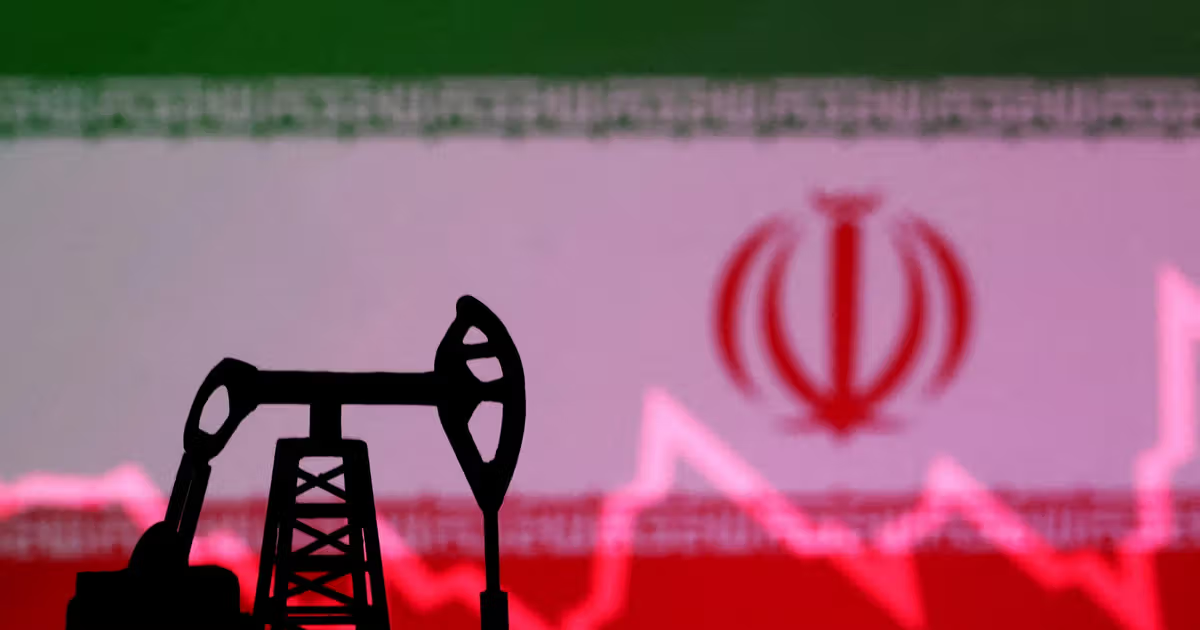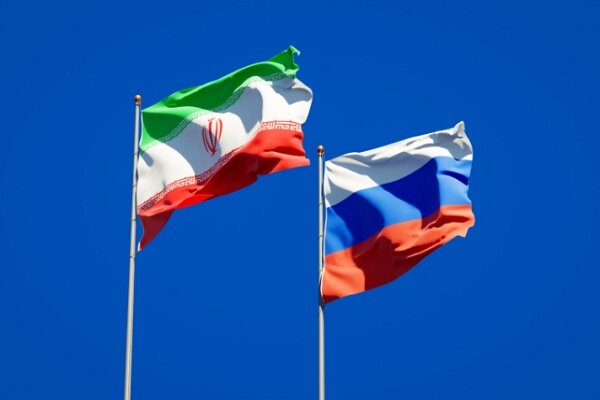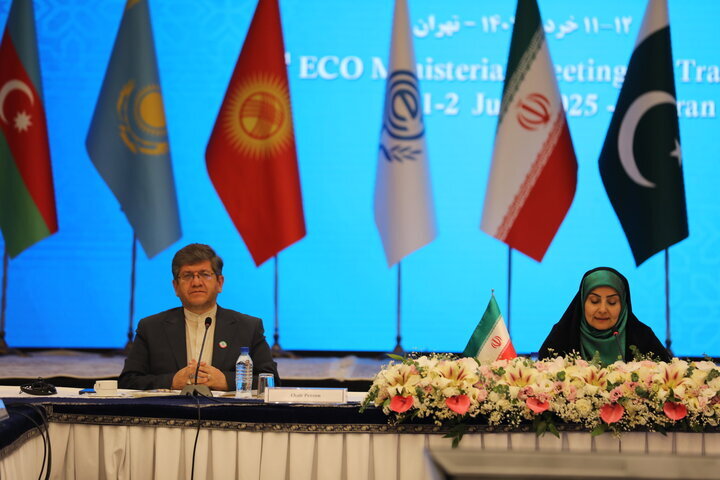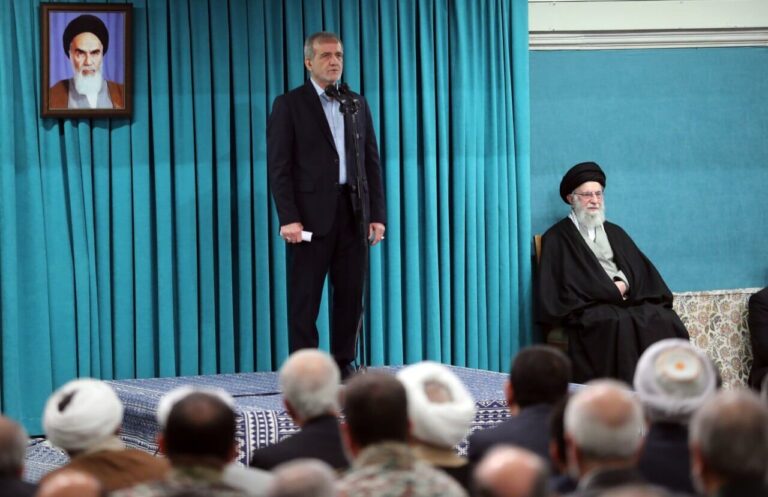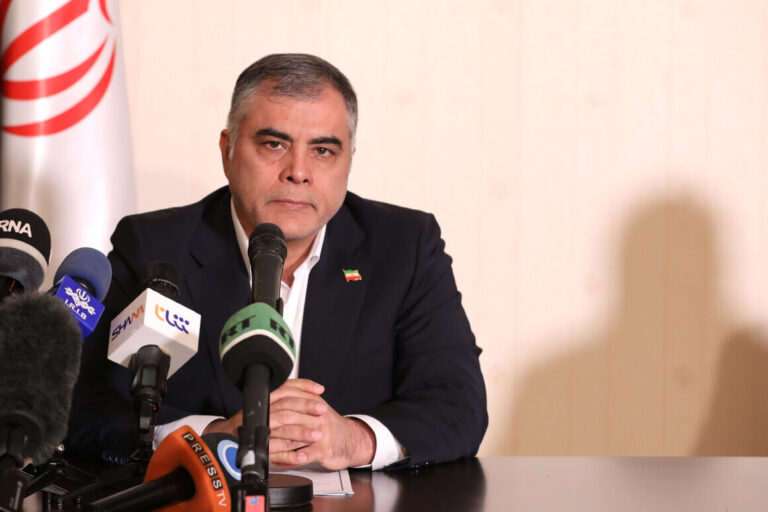Ex-Banker Reveals Non-Oil Sanctions Impose $500 Annual Burden on Every Iranian
International sanctions have had a profound impact on the Iranian economy, costing each citizen an estimated 530 million rials, or about $500 annually, specifically within the non-oil trade sector. This alarming statistic was revealed by Mohammad Hossein Adeli, a former governor of the Central Bank of Iran during President Akbar Hashemi Rafsanjani’s administration, in an interview with the Khabar Online website.
The implications of these sanctions have led to significant economic challenges for the Iranian population, exacerbated by both US-led sanctions and governmental mismanagement. This has resulted in soaring living costs and a rapid decline in the value of the national currency.
Adeli elaborated on the issue, noting that sanctions compel Iranian traders to incur a premium of 10% to 20% above market prices for goods intended for Iran. The necessity of employing covert routes to circumvent these sanctions requires extensive documentation to obscure the ultimate destination of these goods.
In order to further disguise the destination of imports, the establishment of shell companies in third countries has become a common practice. This tactic significantly inflates the final price of imported goods. Adeli estimates that the costs associated with sanctions-evasion tactics can increase the original price of each product by nearly 30%.
He pointed out that Iran’s foreign trade volume is approximately $150 billion for the Iranian year 1402 (March 2023-March 2024). This means that the additional costs incurred due to sanctions-evasion could amount to around $50 billion, which he notes is equivalent to the government’s annual budget.
Breaking it down further, this translates to an annual cost of 530 million rials per Iranian citizen. For an average family of four, this results in an extra monthly expense of 180 million rials (about $180) due to the impact of sanctions on non-oil trade.
While Iranian authorities estimate that a family of three requires about $400 monthly to meet basic needs, it is important to note that the average worker in Iran earns approximately $120 per month. This stark contrast highlights the severe economic strain on Iranian families.
Adeli’s analysis focuses exclusively on the non-oil trade sector. However, it is crucial to recognize that oil exports, which constitute a significant portion of government revenue, are also heavily affected by sanctions. In a report issued late last year, Iran International estimated that sanctions-evasion strategies and the utilization of trustee companies may have cost Iran at least $13.5 billion in oil export revenue during the Iranian year 1403 (March 2024-March 2025).
In February, former US President Donald Trump signed a directive to reinstate the so-called maximum pressure policy against Iran, which aimed to eliminate Iranian oil exports entirely. He stressed that the Islamic Republic should no longer have the capability to sell oil to other countries.
In conclusion, the economic landscape in Iran continues to deteriorate due to the compounded effects of international sanctions and domestic mismanagement. The financial burdens faced by ordinary citizens are a direct result of these policies, leading to an increased cost of living and heightened economic hardship.
- Sanctions Costs: Each Iranian citizen bears an estimated cost of 530 million rials annually.
- Premium on Goods: Traders face a markup of 10% to 20% due to sanctions.
- Shell Companies: The use of shell companies inflates import prices significantly.
- Foreign Trade Volume: Approximately $150 billion for the Iranian year 1402.
- Oil Revenue Loss: At least $13.5 billion loss in oil export revenue projected for 1403.
The ongoing situation in Iran underscores the urgent need for comprehensive economic reforms and international dialogue to alleviate the burdens faced by its citizens.
